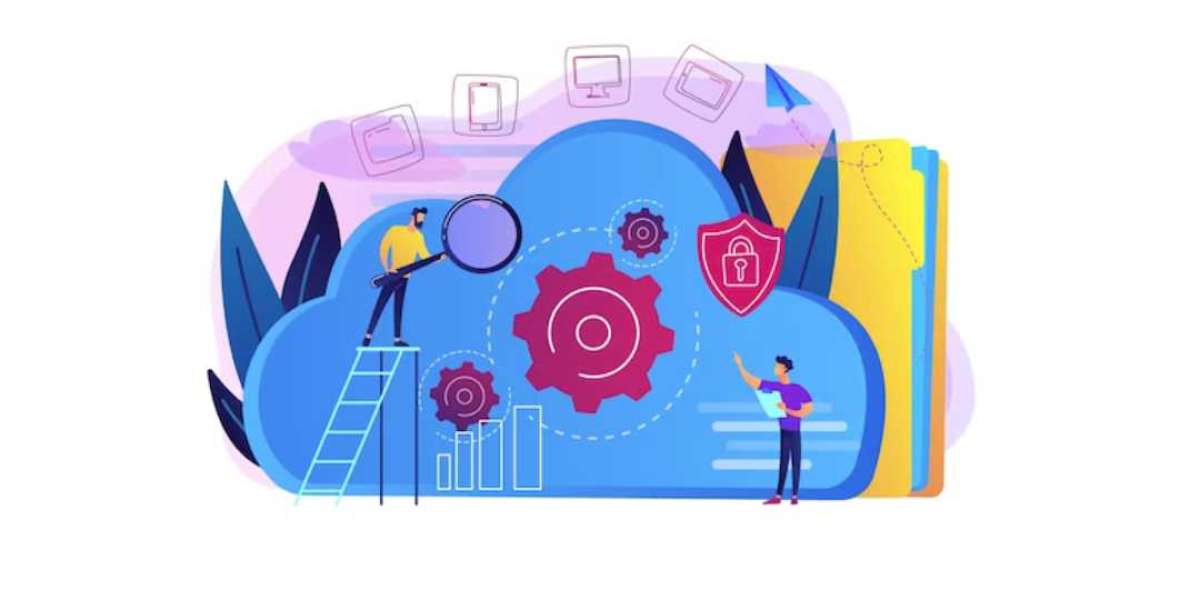Introduction:
In today's fast-paced business landscape, companies rely heavily on SAP systems to streamline operations, optimize processes, and drive growth. However, integrating SAP solutions with legacy systems presents unique challenges that require careful planning and strategic execution. In this blog, we'll explore the common integration hurdles faced by organizations with legacy systems and discuss effective solutions to overcome them.
Understanding SAP Integration Challenges:
- Legacy System Complexity: Legacy systems often lack modern interfaces and standardized data structures, making integration with SAP solutions complex and time-consuming.
- Data Migration Issues: Transferring data from legacy systems to SAP platforms may encounter compatibility issues, data inconsistencies, and migration errors.
- Customization Dilemmas: Legacy systems are often highly customized to meet specific business needs, posing challenges when integrating with SAP's standardized modules.
- Integration Costs: Integrating SAP systems with legacy infrastructure can incur significant costs due to customization, data mapping, and system modifications.
- Regulatory Compliance: Ensuring regulatory compliance during integration, especially in highly regulated industries, adds another layer of complexity to the process.
Strategies for Overcoming SAP Integration Challenges:
- Comprehensive System Assessment: Conduct a thorough assessment of both SAP and legacy systems to identify integration points, data dependencies, and potential challenges.
- Standardization and Simplification: Standardize data formats, streamline processes, and simplify workflows in legacy systems to align with SAP's requirements.
- Data Cleansing and Transformation: Invest in data cleansing tools and techniques to ensure data accuracy, consistency, and integrity before migrating to SAP systems.
- Middleware Integration: Implement middleware solutions such as SAP PI/PO or middleware platforms to facilitate communication between SAP and legacy systems.
- API-Based Integration: Utilize APIs and web services to establish seamless integration between SAP and legacy applications, enabling real-time data exchange and process automation.
- Parallel Operations and Testing: Conduct parallel operations and extensive testing to validate data integrity, system performance, and business processes before fully transitioning to SAP.
- Change Management and Training: Provide comprehensive training and change management support to users and stakeholders to facilitate a smooth transition to SAP systems.
- Continuous Monitoring and Optimization: Implement monitoring tools and performance metrics to track integration processes, identify bottlenecks, and continuously optimize system performance.
Conclusion:
Successfully integrating SAP systems with legacy infrastructure requires careful planning, technical expertise, and a deep understanding of both SAP solutions and legacy systems. By adopting strategic approaches, leveraging advanced technologies, and prioritizing data integrity and process efficiency, organizations can overcome integration challenges and unlock the full potential of their SAP investments in legacy environments.







